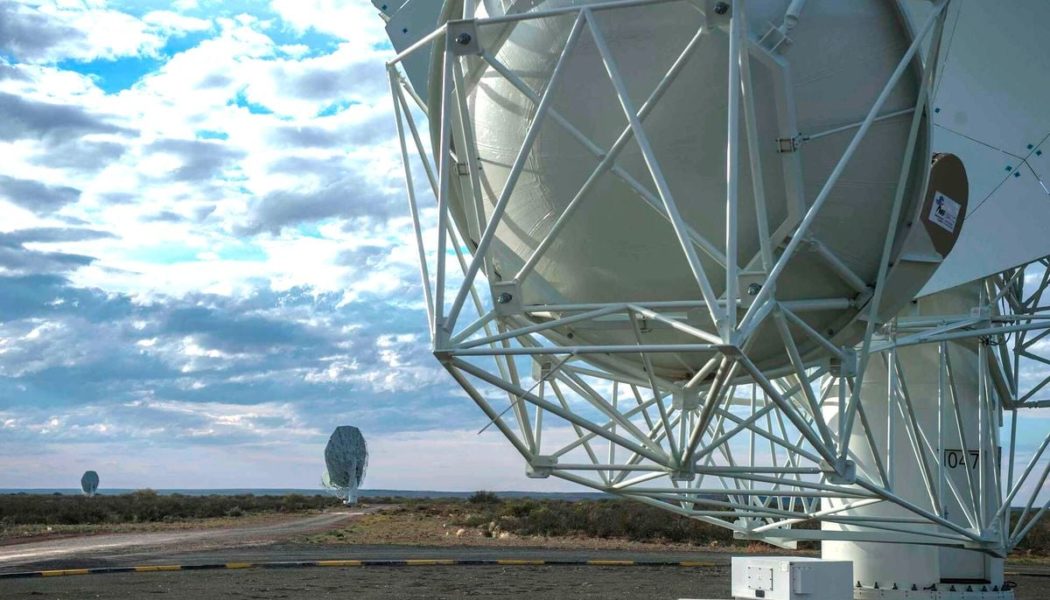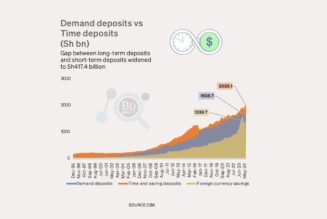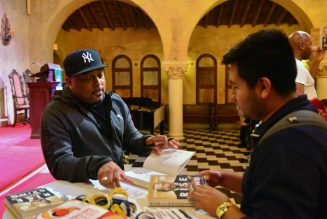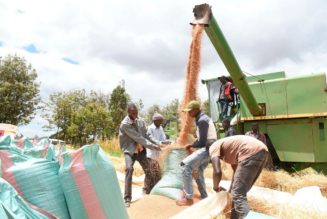
Kenya will host one of the eight satellite dishes that will power the launch of the Square Kilometre Array (SKA), which is poised to be the world’s largest intergovernmental international radio telescope project.
Currently under construction in Australia and South Africa, the SKA will drive technological development, particularly in information and communications technology. Spin-off innovations in this area will benefit other systems that process large volumes of data from geographically dispersed sources.
The telescope will be 50 times more sensitive and 10,000 times faster than any other telescope on the planet, according to the international consortium funding the $2 billion (Sh257.96 billion) project.
As a precursor to the global milestone, Kenya has installed a groundbreaking piece of equipment, the Transient Array Radio Telescope (TART), that’s poised to enhance the country’s role within the community of nations in the role of radio astronomy.
The installation of the TART network makes Kenya the third country in Africa, after South Africa and Mauritius, to host this advanced technology, positioning the country as a key player in space science on the continent.
“The TART network, a collection of low-cost radio telescopes, allows researchers and students to study astronomical phenomena in real-time, significantly boosting space research capabilities in Africa,” the Kenya Space Agency (KSA) said in a statement.
According to Willice Obonyo, a lecturer in the Department of Astronomy and Space Sciences at the Technical University of Kenya (TUK) and an insider in the project, the TART will have limited capacity compared to other advanced telescopes such as South Africa’s MeerKAT telescope and the Jansky Very Large Array (JVLA) in the US.
In a phone interview with the Business Daily, Dr Obonyo said the locally-assembled telescope will only be able to observe man-made satellites passing within the Kenyan space and will be majorly used for skill-transferring purposes in preparation for the setup of the SKA dish.
“The assembly of the TART has been funded by the South African Radio Astronomy Observatory (SARAO), which is a facility of the National Research Foundation, and is responsible for managing all radio astronomy initiatives and facilities in South Africa,” he said.
“The Kenyan project will be employed in several uses across a range of fields; computer scientists could use it for data analysis, mechanical engineers could gain insights through the assembly process, while astronomical scientists will get a chance to further their space research,” he added.
According to KSA, the launch of the project was a culmination of a week-long workshop that brought together scholars, scientists, and engineers from across the country’s top universities that spanned the TUK, the Jomo Kenyatta University of Agriculture and Technology (Jkuat), the University of Nairobi (UoN) and Kenyatta University (KU).
“The workshop allowed students, astronomers, and researchers to understand how the TART telescope works, thereby boosting Kenya’s expertise in radio astronomy,” said KSA.
“Learning from South African experts provided participants with valuable knowledge that will enhance technical capacity and promote scientific discoveries.”
The agency said that it has prioritised space science and astronomy infrastructure, noting that hosting the TART workshop was a significant milestone in its mission to develop space capabilities and facilities that will support research, data analysis as well as future space missions.
“These efforts aim to establish Kenya’s involvement in global space research, contributing to the growth of the country’s space economy.”









